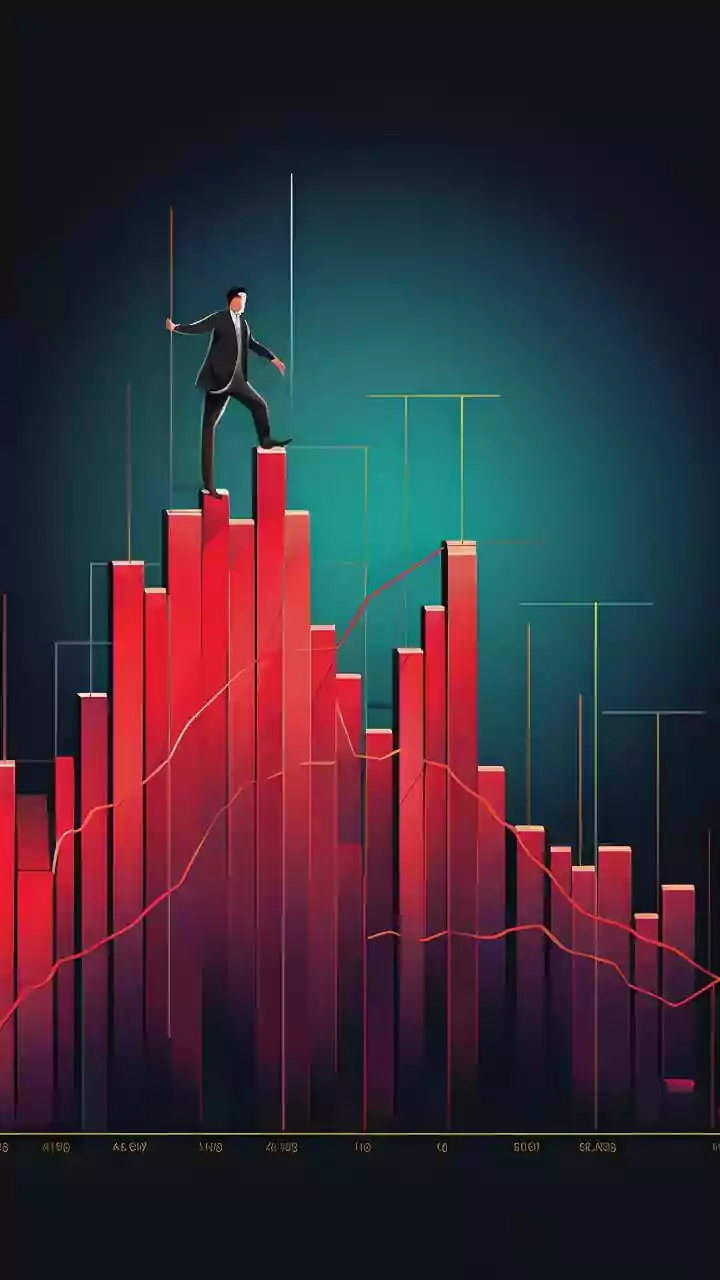ROI and Job Market
The discussion about the value of US universities often centers on two critical aspects: return on investment (ROI) and job market trends. ROI evaluates
the financial gains from education compared to its costs, while job market trends reflect the current and future demand for skills and qualifications. The ROI analysis considers tuition fees, living expenses, and lost income during studies against the potential earnings after graduation. Many experts use metrics like the 'payback period,' measuring how long it takes for a graduate to recover educational costs through higher salaries. In terms of job market trends, the demand for specific degrees and skills is constantly changing due to technological advancements and economic shifts. For instance, degrees in STEM fields (science, technology, engineering, and mathematics) have generally shown higher ROI due to strong job demand, while some humanities degrees may face a more competitive job market. Evaluating these factors together gives a balanced view of whether US universities currently offer a beneficial return.
Cost-Benefit Analysis
A cost-benefit analysis of US universities reveals a complex picture. The costs include tuition, which can vary wildly depending on the institution, from public in-state colleges to prestigious private universities. Moreover, there are living expenses, books, and other educational materials. On the benefit side, graduates often experience higher lifetime earnings than those with only a high school diploma. Employment prospects are also typically improved, as many roles require a bachelor’s degree or higher. Non-financial benefits should also be considered, like personal growth, improved critical thinking skills, and networking opportunities. However, the cost-benefit equation isn't static. Factors like student loan debt, the changing job market, and economic downturns can significantly impact the ultimate return. Many prospective students now meticulously research these factors and consider the long-term impact before enrolling in US universities.
Alternative Pathways Explored
The growing debate has encouraged the exploration of alternative educational and career pathways. Vocational training, online courses, and apprenticeships are gaining prominence as viable options. Vocational training programs offer specialized skills quickly, making graduates immediately employable in specific fields. Online courses provide flexible, affordable education, often with industry-recognized certifications. Apprenticeships combine on-the-job training with classroom instruction, offering hands-on experience and a direct route to employment. These alternatives can be particularly appealing for students seeking to minimize debt and enter the workforce more quickly. The value of these pathways is underscored by evolving job market demands and a changing view on traditional academic credentials. The traditional emphasis on a four-year degree is shifting, with greater importance placed on practical skills and demonstrable competencies that can often be acquired via alternative routes.
Impact of Economic Shifts
Economic shifts significantly impact the value of a US university education. During economic downturns, job markets tighten, making it harder for recent graduates to secure employment. Student loan debt becomes a bigger burden when jobs are scarce or when salaries are lower than anticipated. However, in prosperous economic periods, the demand for skilled workers can rise, improving job prospects and salaries for graduates. These economic cycles often shape educational choices. Students are more likely to pursue degrees in fields with promising job growth potential during economic expansions, and they become more cost-conscious during recessions. Federal policies, such as student loan interest rates and financial aid programs, can also greatly influence the affordability and attractiveness of higher education. Furthermore, recessions may spur universities to offer more scholarships and adapt their curriculum to reflect emerging industry needs.
Future of Higher Ed
The future of higher education in the US is dynamic, with universities under pressure to adapt to changing societal needs. Institutions are increasingly focusing on offering practical skills and career-oriented programs, adjusting to the demands of the modern workplace. Technology is also reshaping the educational landscape, with online and blended learning options becoming more prevalent. These trends may include personalized learning experiences, where students progress at their own pace, with AI-driven tutoring and resource recommendations. Another significant area is increasing access to education, with initiatives to make higher education more inclusive and affordable for underserved communities. These changes are vital, as they determine the quality and accessibility of education. Success hinges on universities continuing to innovate, becoming more agile in response to changing economic landscapes and meeting the needs of a diverse student population.















